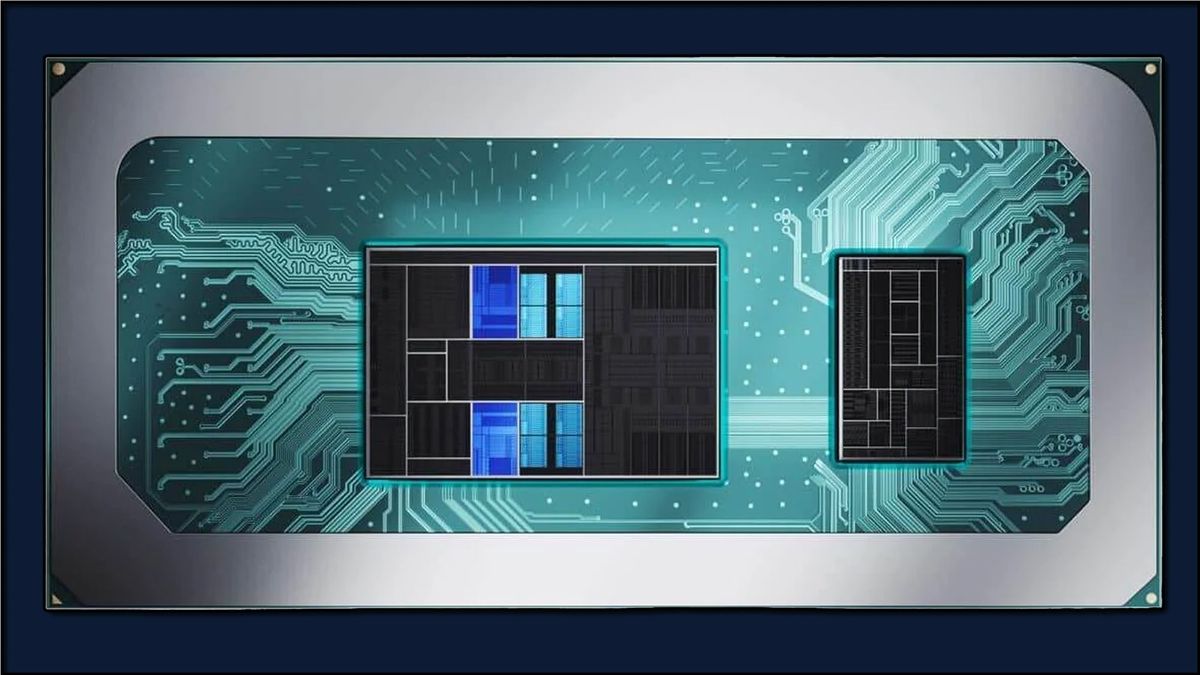Intel has officially revealed its new line of CPUs, the Intel Meteor Lake, at the Intel Innovation 2023 event. The Meteor Lake CPUs feature a disaggregated chiplet architecture, moving away from the Intel 7 framework used in previous generations like Alder Lake and Raptor Lake. This new hybrid architecture, built on the Intel 4 framework, introduces significant advancements in AI capabilities.
One notable change with the Meteor Lake is the transition to a smaller die size, similar to what AMD did with its Ryzen 5000 series. This change in size requires a new socket, as the 12th and 13th generation chipsets used the LGA 1700 socket. The latest 14th-gen processors, including the Intel Core i7-14700K and Intel Core i9-14900K, will be the last to use this socket.
Intel refers to the Meteor Lake as the “largest client architectural shift in 40 years,” signaling a major change in their processor lineup. The new processors are branded as “Ultra” and have done away with the traditional i5, i7, and i9 naming convention. The updated branding aims to differentiate the latest technology and may require consumers to relearn the naming scheme.
One exciting feature of the Meteor Lake is the improved integrated graphics gaming performance. With the new chiplet architecture, Intel has integrated its Arc graphics directly onto the silicon. This could potentially provide much better gaming performance than previous generations. While AMD has also made advancements in gaming performance with its RDNA 2 architecture, Intel’s integrated Xe HPG GPU, with ray tracing and AI upscaling capabilities, could offer a cost-effective alternative for entry-level gaming.
Intel has emphasized the importance of AI computing in the future, evident in the Meteor Lake’s dedicated AI coprocessor known as the neural processing unit (NPU). While Intel has not provided specific details on how AI will benefit users, the potential for improved productivity in content creation, video rendering, and computerized graphics is promising.
The Meteor Lake also features more powerful P-cores and E-cores, following the hybrid architecture introduced in previous generations. The new Redwood Cove P-cores are expected to offer even better performance than the previous Golden Cove cores. With the addition of Intel Thread Director, the third-generation hybrid architecture is expected to be more efficient than ever.
One area where Intel has faced criticism is the frequent change in socket types, requiring users to buy new motherboards for upgrades. However, with the Meteor Lake, Intel has the opportunity to support the LGA1851 socket type for a longer period. This would allow users to upgrade their CPUs with a simple BIOS update, similar to AMD’s AM4 socket support lasting from 2017 to 2022.
While Intel has made significant improvements with the Meteor Lake, there are still concerns about thermal performance. Previous chips like the Intel Core i9-13900K have faced criticism for their high power draw and heat generation during intensive tasks. Intel seems to be prioritizing efficiency with the disaggregated design of the Meteor Lake, aiming for a chip that can handle heavy workloads while maintaining reasonable temperatures.
Overall, the Intel Meteor Lake CPUs are expected to bring major advancements in performance, graphics capabilities, and AI processing. As the launch date approaches in December, experts and consumers will be eagerly awaiting benchmarks and reviews to determine if the Intel Core Ultra truly lives up to its potential as one of the best processors on the market.

I have over 10 years of experience in the cryptocurrency industry and I have been on the list of the top authors on LinkedIn for the past 5 years.

